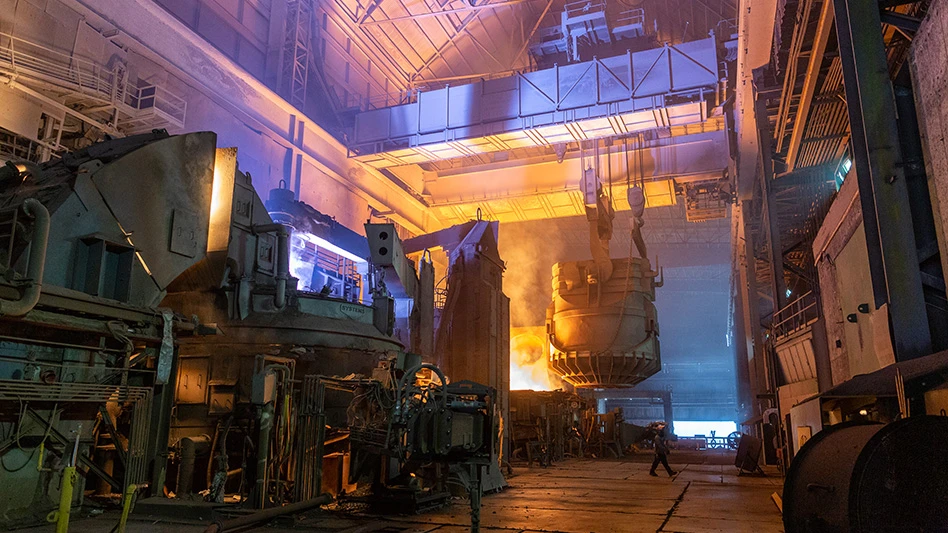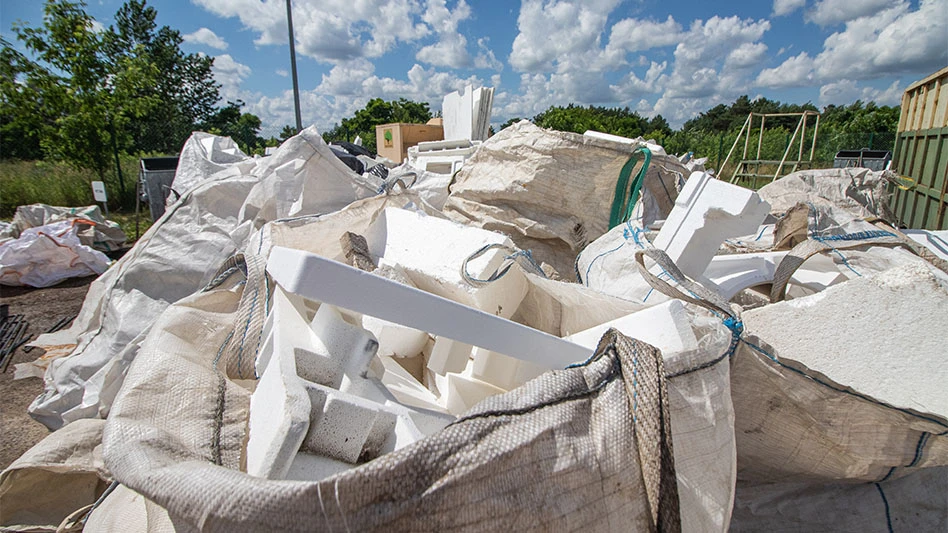
© Piman Khrutmuang - stock.adobe.com
In summer, box demand was very robust in the United States, while inventories were low at containerboard mills. In response, domestic containerboard mills were very hungry for recovered paper—particularly old corrugated containers (OCC) and mixed paper.
This demand pushed domestic OCC and mixed paper prices up consistently over the summer months, and many mills were willing to pay high premiums to secure fiber. Some recyclers told Recycling Today in August that domestic mills were purchasing tons from across the U.S. to shore up their inventories.
A as of October, many mills appear to have satiated their appetites for recovered paper. Inventory levels are much better at many paper mills. Domestic OCC and mixed paper prices seem to have stabilized, and far fewer mills are panic buying.
Despite this stabilization, demand for recovered paper remains strong in October.
“Movement has been good,” a broker based in the South says. “I haven’t seen weakness in the market, but I haven’t received phone calls asking for more. It’s truly a balanced and strong market right now.”
A recycler based in the South says many mills that he works with are still running very strong. However, he adds, some mills began to take downtime this month to repair equipment.
For much of this year, demand and pricing for sorted office paper (SOP) have been on the softer side in part because of reduced demand for away-from-home tissue products. But, as more businesses open up, demand for away-from-home tissue products is improving, boosting demand and pricing for SOP. In the October buying period, prices for this grade increased in most regions of the U.S., according to Fastmarkets RISI’s PPI Pulp & Paper Week report Oct. 5.
A contact with a document destruction company based on the East Coast says SOP markets have been “strong” only since July.
“In 2019, 2020 and the first half of 2021, the market was depressed,” he says. “In May and June, we were still below the 10-year-average price for paper. We went over that average in July, so we’re now in our fourth month of making a little extra money.”
Although SOP prices and demand are up, many paper shredders have experienced lower generation since the onset of the pandemic. Paper shredders say generation was down in 2020 and has increased this year, though not to prepandemic levels just yet.
“It would be really nice if we had strong volumes plus this higher paper pricing,” a paper shredder on the West Coast says. She adds that the higher prices are helping her business but notes that commercial volumes are still off.
Things have been especially quiet in export markets lately. The broker based in the South adds that Mexico is one of the only “feasible” export destinations this fall. “For India, Taiwan and Southeast Asia, our prices are too high for them, and they pulled back. Domestic mills rose to the occasion to fight off any export market, so export markets are dead.”
A broker on the East Coast says export has been slow this past month, adding that it’s been a while since that has been the case.
“I call every night overseas, and it’s hard for me to get new orders,” he says. “The price [of recovered paper] is very high, and space is very tight [on container ships], so mills in Indonesia, Thailand and Taiwan are all very quiet. They are trying to wait and see if prices drop.”
The East Coast broker says export prices for recovered paper are slightly lower than domestic prices because of the lack of demand overseas. He adds that some mills also might be waiting to see whether ocean freight rates stabilize or decrease because they have risen steadily this year.
Recyclers and brokers say transportation has remained challenging this fall. The recycler based in the South says fuel costs and trucking rates have increased dramatically in the last year.
“I used to be able to ship from Houston to Atlanta where the trucking rate was $1,500. Now it’s $2,400,” he says.
The broker based in the South adds that he’s grateful his company handles much of its trucking internally.
“We only use some third-party carriers,” he says. “We’ve been fortunate to do a lot of trucking internally because, if you rely on third-party carriers, you’re going to get gouged on pricing.”
With high trucking costs, he adds that paper mills are trying to buy materials from closer distances than they have in the past.
Latest from Recycling Today
- Alpla calls 2024 year of recycling growth
- Altilium says agreement puts it on lithium recycling path
- NWRA, SWANA partner to address lithium-ion batteries
- Corinth, Texas, renews waste contract with CWD
- Fresh Perspective: Sarah Zwilsky
- Plastics Industry Association announces leadership changes
- QCC celebrates 50th anniversary
- Venture Metals acquires 2 nonferrous processors





